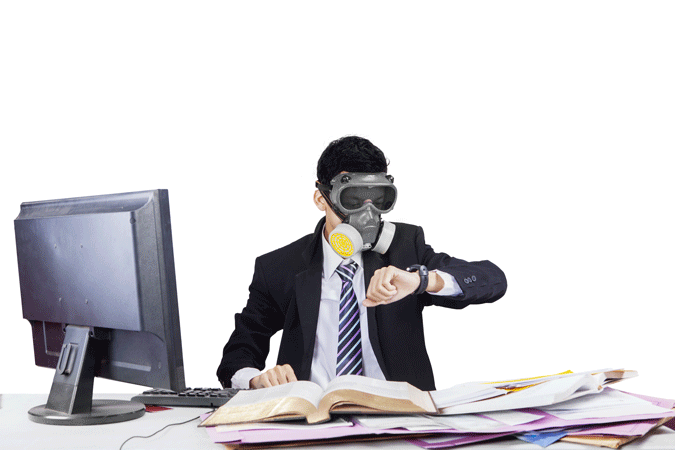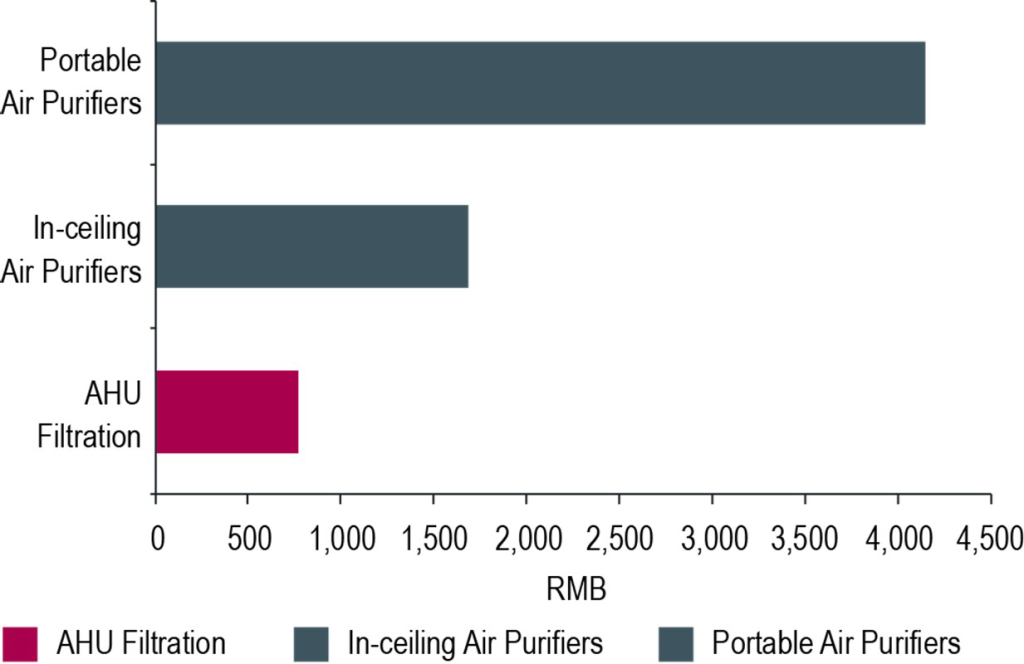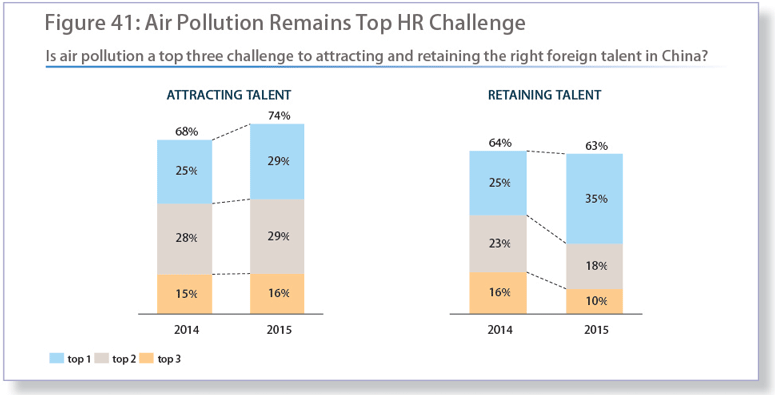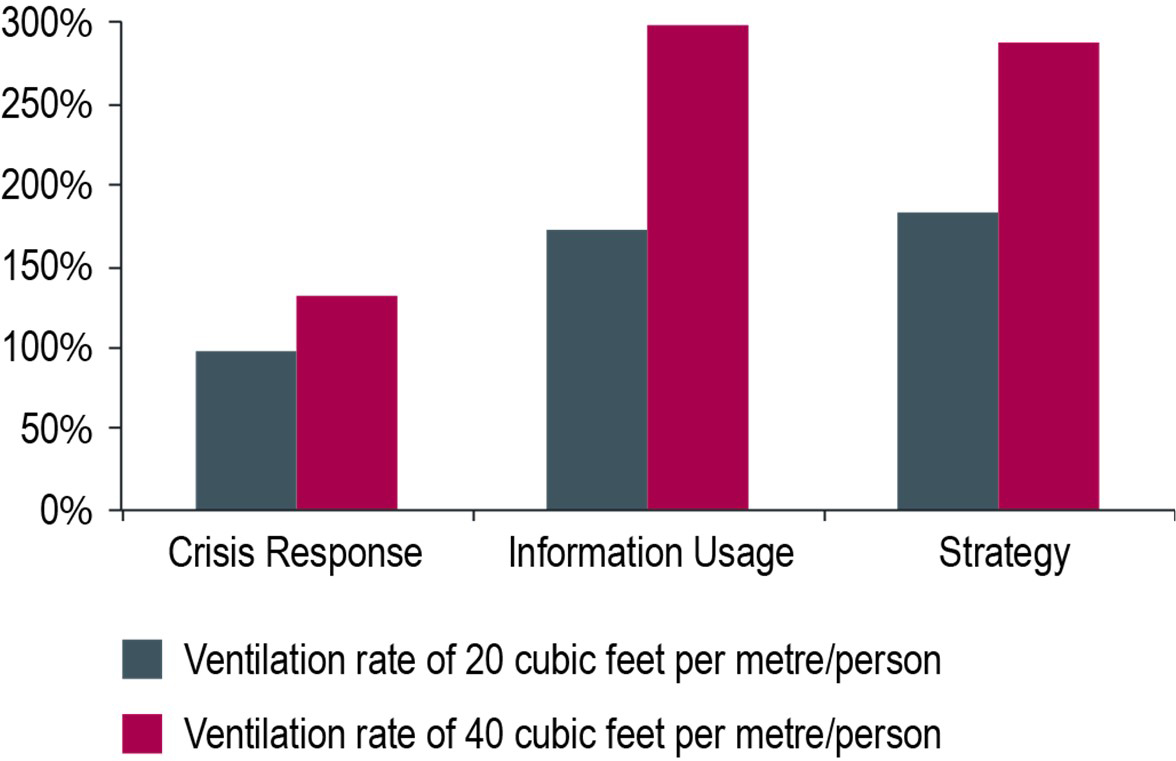How indoor air quality is changing the face of business
China’s air quality issues have, once again, hogged the headlines in recent months. The focus has mostly been limited to outdoor air quality though. In the following article Chris Drew, General Manager of PureLiving China (Chengdu), shines the spotlight on indoor air quality (IAQ) and says that more and more companies are waking up to the fact that good air equals good business.
 When you reflect on where you spend the majority of your time each day, it seems obvious that it is the quality of air indoors and not outdoors that should actually be the main focus of people’s attention. The United States Environmental Protection Agency estimates that the average person spends 90 per cent of their time indoors. Whether at home, in the office or at school, it is only within buildings that individuals have control of the environment.
When you reflect on where you spend the majority of your time each day, it seems obvious that it is the quality of air indoors and not outdoors that should actually be the main focus of people’s attention. The United States Environmental Protection Agency estimates that the average person spends 90 per cent of their time indoors. Whether at home, in the office or at school, it is only within buildings that individuals have control of the environment.
The European Chamber’s Business Confidence Survey 2015, reported some significant findings related to air quality in China:
The figures speak for themselves – air pollution is significant challenge to companies trying to hire and retain staff in China.
While clean office air is far from commonplace, many companies have recognised the importance of ensuring a breathable environment to differentiate themselves in a highly competitive hiring market. One way to look at this is that the cost of implementing an IAQ system can easily be recovered when considering the amount saved on employee sick days and on not having to retrain staff to compensate for staff turnover.
Good air quality brings other economic benefits, too. During the recent spate of bad air in Beijing the government declared a ‘red alert’, warning many schools, factories and businesses to close. Several schools decided not to, citing their clean air investments and demonstrating the level of their IAQ to justify staying open. One school administrator estimated their cost savings of not having to shut down for two days at over CNY 1 million.
There are also marketing and branding benefits. Posting screenshots of apps that monitor IAQ through corporate social media platforms is a good way to show you care about your employees; if employees can be encouraged to send their own posts these messages become potentially even more influential. This kind of communication can help to convince potential job candidates of the sincerity of a company, and even among those not considering employment it still helps to develop a positive brand image. Being able to proactively care for staff while simultaneously presenting a positive public image of your business is a 1-2 punch that will make both HR and marketing departments exceedingly happy.
 If the importance of good air quality seems so apparent, why haven’t all companies implemented an IAQ plan? There are two main reasons: a lack of knowledge and the cost of implementation.
If the importance of good air quality seems so apparent, why haven’t all companies implemented an IAQ plan? There are two main reasons: a lack of knowledge and the cost of implementation.
Of these, lack of knowledge is by far the bigger issue. Most people labour under the misapprehension that the building they are in automatically protects them from pollution. As air is invisible, its quality is not something that would necessarily be a concern: out of sight, out of mind. It is true that buildings can offer some level of protection but this varies with age and the degree to which the building is air tight. A typical audit will show that a building by itself provides limited protection from outdoor pollution – on average, only about a 30 per cent reduction.
More important is the level of filtration and fresh air provided by a building’s centralised air conditioning and heating (HVAC) system. Most fresh air systems in Chinese buildings lack effective filtration and are essentially introducing dirty air to the inside environment. Clean air is a necessity in an office or school environment and can lead to much higher levels of productivity in analytical tasks as seen in the below Harvard study:
Another consideration is the human factor – if inhabitants constantly open windows this will introduce unfiltered air, deteriorating the IAQ even further. This is why education of all employees on the subject of IAQ is essential.
The costs associated with creating a clean air environment can be confusing, and in a market flooded with solutions—all claiming to produce near perfect air quality—it can be challenging to sift through the marketing and identify the reality. Is it better to install central filtration, portables, ionisation, electrostatic cleaners or other options?
Perhaps the biggest myth is that portable air cleaners are the only, or best solution. In fact, they are appropriate for areas less than 20 square metres in size, or for temporary use, but are not suitable for larger areas. In a recent study that we conducted in partnership with Jones Lang Lasalle, we analysed the filtration systems of 100 companies in 50 commercial buildings. We found that the highest reductions in particulate matter (PM) were achieved by simply upgrading the filters in central air handling units that were moving high volumes of air. If landlords or building owners do not allow modification of the building systems, the next best solution is to install commercial in-ceiling, recirculating purifiers, which clean the air faster and more effectively than portables, and have the added benefit of being quieter.

Relative cost for Mechanical System Filtration Options (per 1% PM 2.5-reduction over 3 years per 1,000 square metres)
Source: JLL-PureLiving Research, 2015
The first step in an air quality assessment is producing the IAQ plan, as it is necessary to gather all relevant information and identify all potential problems before deciding how best to proceed. This will avoid accruing unnecessary costs pursuing incorrect solutions. In many cases building owners do not know how their systems are performing and would actually like to provide solutions to keep their tenants happy. The brings us back to the point that education and knowledge are the most important aspects of providing good IAQ and ensuring that companies get maximum returns on their investment in IAQ solutions
After installing filtration systems it is important to monitor their effectiveness, using technology not occupants to operate them. The point of automation is to provide the correct levels of filtration at all times while saving money on electricity and filter costs by shutting equipment off when it isn’t necessary. Automation can even control filtration based on air quality readings. When PM 2.5 levels reach a certain level the equipment is activated and can switch to higher or lower settings as appropriate. These systems operate independently of a building’s HVAC system and are a good way of providing clean air and air flow during hours when the building’s own system is not on.
Indoor air quality has gone from being just an afterthought to becoming a tool to aid economic productivity, a marketing vehicle and an employee attraction and retention strategy. In China’s increasingly competitive market, it is not surprising that those who are leading are also the ones with a clean and healthy workplace.
PureLiving China (www.purelivingchina.com) is an indoor environmental services consulting company specialising in indoor air and water testing, remediation, filtration systems and professional air quality monitoring. With branches in Beijing, Shanghai, Suzhou and Chengdu, PureLiving has conducted over 4,000 indoor air quality projects and is the advisor to more than a third of the Fortune 100 companies in China.




Recent Comments